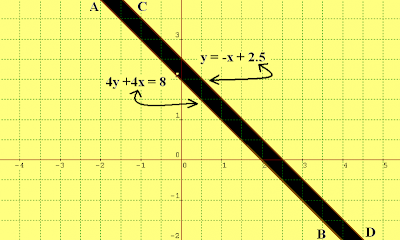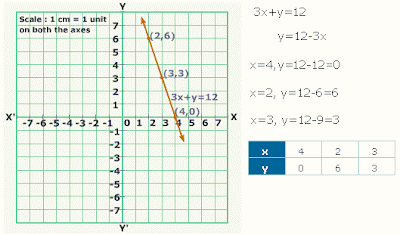Direct Speech and Indirect Speech
Direct and Indirect Speech is one of the very important concepts in English learning. Speech can be classified into direct speech and indirect speech. Let’s have a look at the same in this post along with some examples for better understanding.
Direct Speech
Direct speech is a type of speech that exactly says what someone has said. In direct speech, the exact saying is repeated or quoted and the words spoken are written within inverted commas (“-----“). Direct speech is therefore also referred as quoted speech.
Examples of Direct Speech
1. Uncle John said, “I have bought an infant play gym for my son. It is not just fun but is also healthy.”
2. Mary asked, “Have you tried online diaper purchase?”
Here, in the first sentence, the speech of Uncle John speaking about his buying an infant play gym for his son is exactly presented. On the other hand, in the second sentence Mary’ question to on trying online diaper purchase is repeated exactly.
Indirect Speech
Indirect speech is a type of speech that encloses what a person has said. It doesn’t use quotations and is not repeated exactly like direct speech. In indirect speech, the tense usually changes as when we use indirect speech, we generally speak about something in the past.
Examples of Indirect Speech
1. Roy said that he enjoys to shop baby online products as it is easy and fast.
2. Mohan asked to Riya whether her kid has started going to school.
Here, in the first sentence, the Roy’s enjoying to shop baby online products is reported indirectly and not repeated. On the other hand, in the second sentence Mohan’s question about Riya’s kid going to school is similarly reported and not repeated.
Change direct speech to indirect speech:
1. Tony said, “I enjoy shopping for kids online.”
Tony said that he enjoys shopping for kids online.
2. Maria asked, “Do you eat non-vegetarian food?”
Maria asked me if I eat non-vegetarian food.
3. Father asked, “How long have you worked here?”
Father asked me how long I was working there.











